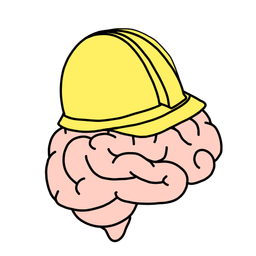What is Civil Engineering?
Civil engineering is a branch of engineering that is concerned with the design, construction, and maintenance of the built environment. This includes roads, bridges, buildings, and more. Read on to discover what that means!

The Needs of Civilization
Evidence of civil engineering can be found anywhere you look! From the construction of the Egyptian pyramids or the revolutionary Roman highways, the principles of civil engineering have guided the development of civilizations for millennia, up until this very moment. It bridges the gap between nature and human progress. Some solutions are beautiful and elegant while others are pragmatic and utilitarian. The clear message of civil engineering is this: it solves problems that everyone has.
We need shelter? Buildings
We need taller and wider shelter? Skyscrapers
We need to travel across land? Roads
We need to travel across water? Bridges
We need to travel through mountains or under water? Tunnels
We need to transport large quantities of materials or people? Railroads
We need to capture, store, and transport clean water, sewage water, and storm water runoff? Water pumps, filters, towers, and pipes
We need to travel, redirect or control waterways? Canals, dams, harbors, levees, and weirs
We need to bring power to homes and business? Power plants, transmission lines, and substations
We need to fly? Airports
The list of solutions that engineers have developed to coexist with our environment could go on, but it is clear that the field of civil engineering has and continues to shape our world and our quality of life. When people ask, “What is civil engineering?” a simple answer is this:

Civil Engineering
Anything that Civil-ization Needs to Survive and Thrive
What is Infrastructure
The collection of these projects are often referred to as infrastructure. They are the foundational elements upon which all other quality of life tasks are performed. At first glance, a road, water line, and railroad might seem like isolated pieces of engineering, but in reality every element is an interconnected system.
The water line may be purposefully constructed in an easement following the roadway, which in turn is likely constrained by the railroad right-of-way. The degree to which they work together and create unifying benefit to the public is dependent on many factors and often coordinated through a city or regional planning commission. No matter where you live or what you do, you rely on infrastructure designed by civil engineers for everything you do!




